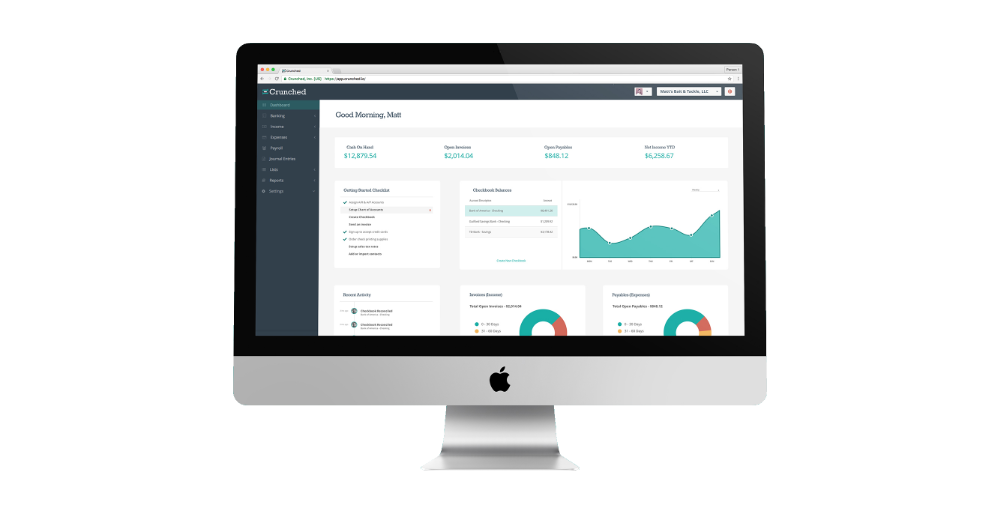6 Tips To Help Lower Your Overhead Costs
By Matt Reims
Overhead costs are defined as ongoing business expenses not including those costs associated with producing goods or delivering a service. If your business sells beverages, for example, the materials or ingredients needed to produce the drink would not qualify as overhead. Costs like renting office space and business insurance would. Overhead costs are typically fixed expenses that do not directly contribute to the generation of profits. Lowering overhead expenses, however, can determine how profitable your small business is.
Whether your business is profitable or in the red, it’s imperative to keep your overhead costs in check. If your financial situation is the former, keeping overhead under control will help you stay in the black, and reducing overhead can help boost profits. If you’re losing money, an overhead audit can be a big step toward getting your small business back to profitability.
It’s always important to keep your eye on overhead, but particularly when it’s eating into your revenue. Here are six steps to help you lower overhead expenses.
1. Do a complete audit
The first step toward lowering overhead costs is to take a close look at all your fixed expenditures. Work with your accountant or use a cloud accounting software system to pull together a list. Those costs can be consistent (a monthly payment) or variable. Once you have your list together, you can determine which items are critical to your operation and which items you may be able to reduce or even eliminate.
2. Review and reduce ancillary spending
It can be tempting for new small businesses to offer perks and benefits to their employees to help set your operation apart and create an appealing culture. If your business is in the red, however, those perks may be hurting the business, not helping it. Take a close look at expenses like holiday parties, car services, event tickets, and air travel, and then eliminate those that are all but necessary. Instead of face-to- face meetings that may add to travel costs, consider video chatting.
3. Reevaluate potentially adjustable monthly costs
Choose someone in your office who is good at negotiating, and then reevaluate all of your monthly expenses that have the potential to be lowered immediately or in the near future. Start by looking at your service contracts and either renegotiate a better rate or shop around for a less expensive option. If you lease equipment, establish when the leases are up, and be prepared to either eliminate the expense or find a cheaper alternative. Lastly, look closely at any retainer fees that you are paying and consider their value and potential for adjustment.
4. Reduce your office space costs
Rent is most likely one of your largest overhead costs. Take a look around and establish whether or not you need as much space as you once anticipated. Oftentimes, small businesses spring for the works with office spaces that have large conference rooms, access to amenities, space to grow, etc. Perhaps there’s a smaller, less expensive space in the same building that doesn’t have as many bells and whistles. You can also try to work with your current landlord to renegotiate a better term on your existing space.
Another option is to have a virtual office if your line of business allows for that type of setup. With so many ways to communicate remotely, you could reduce overhead costs considerably by eliminating rent and letting your staff work from home.
5. Switch to the cloud
Converting to cloud computing can reduce your IT-related overhead costs. You’ll no longer have to buy and maintain costly servers at your office or pay for regular upgrades. Cloud-based systems provide you with the latest functions and software automatically, and you can increase your bandwidth or storage space at any time. Many cloud providers will also handle your data recovery issues so you don’t have to worry about having a complex recovery plan on hand.
6. Reduce the cost of staffing
This does not mean you have to start laying off employees. Instead, look for creative ways to lower overhead in terms of how you are paying salaries. See if any of your staff would be willing to take unpaid time off, or ask your family members to assist with the business when possible. You can also look at moving employees to a part-time basis that could allow you to eliminate certain benefit costs such as insurance and paid time off.
If your office is near a college or university, consider offering internships at your business in exchange for college credits.
When you’re doing well, it can be easy to become bloated on unnecessary business expenses. Reducing overhead costs should be an ongoing process that requires regular oversight and adjustment. By looking closely at your overhead costs and making adjustments as you go, you’ll give your business a better chance of being, and remaining, profitable.


